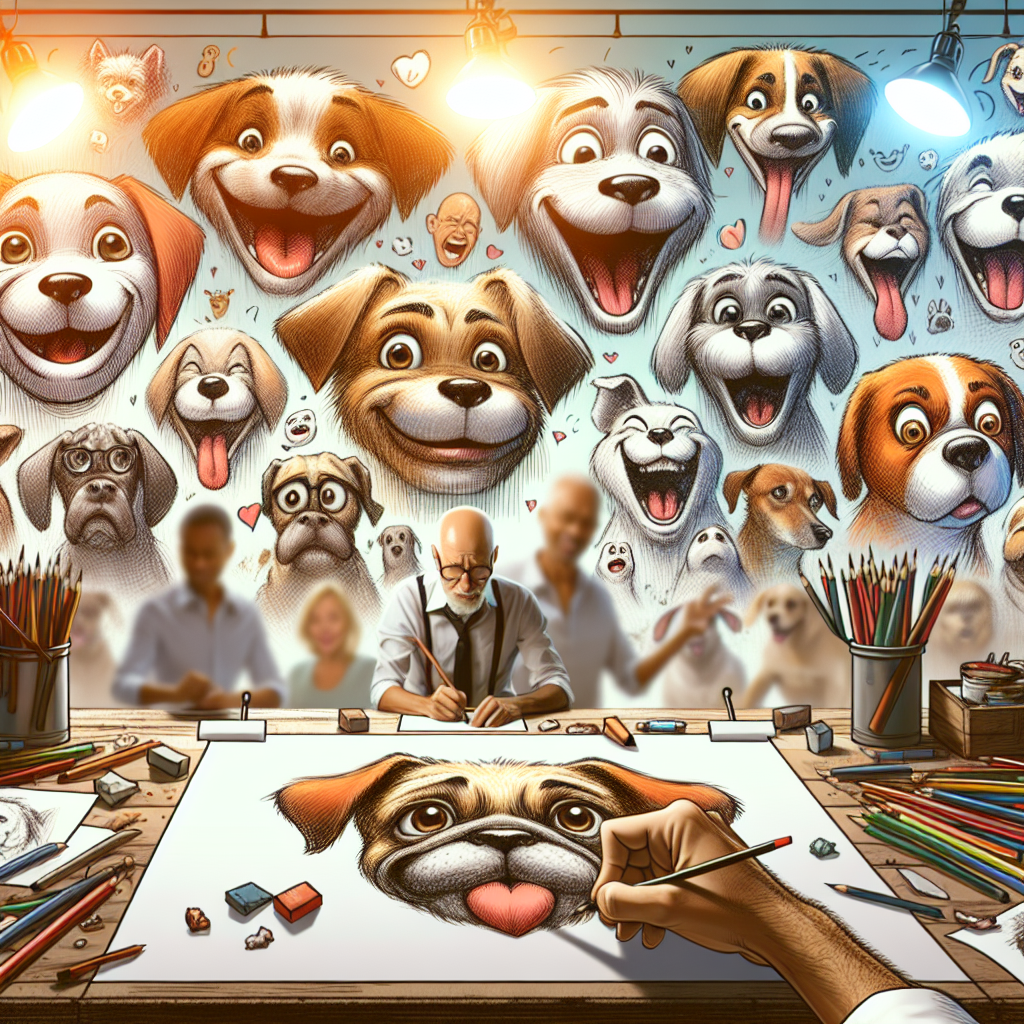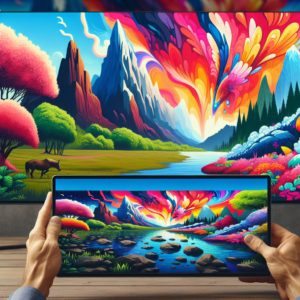Have you ever looked at a cartoon dog’s face and felt an overwhelming sense of emotion? Maybe it was the sadness in their eyes, the excitement in their wagging tail, or the mischievous grin that made you chuckle. Cartoonists have an incredible ability to capture emotions through the faces of their characters, especially when it comes to dogs. Let’s dive into how they do it!
The Power of Expression
Cartoonists rely heavily on the power of expression to convey emotions through their characters. When it comes to dogs, their faces are especially expressive, making them perfect subjects for capturing a wide range of feelings. From joy and excitement to sadness and fear, cartoonists use subtle changes in a dog’s facial features to convey these emotions effectively.
Facial Features
The key to capturing emotion through a dog’s face lies in understanding their facial features. Just like humans, dogs have a variety of facial muscles that allow them to express themselves in different ways. By paying attention to details such as the position of their ears, the shape of their eyes, and the curvature of their mouth, cartoonists can create nuanced expressions that resonate with viewers.
Color and Style
In addition to facial features, cartoonists also use color and style to enhance the emotional impact of a dog’s face. Bright, bold colors can convey a sense of happiness and excitement, while muted tones may evoke feelings of melancholy or fear. Different art styles, from simplistic and cute to detailed and realistic, can also influence how emotions are portrayed through a dog’s face.
Body Language
While the face plays a significant role in conveying emotions, a dog’s body language is equally important. Cartoonists pay attention to details such as the position of a dog’s tail, the tilt of their head, and the overall posture to enhance the emotional storytelling. By combining facial expressions with body language, cartoonists create dynamic and engaging characters that resonate with audiences.
Examples from Popular Cartoons
Some of the most beloved cartoon dogs, such as Snoopy from Peanuts, Goofy from Disney, and Brian from Family Guy, are known for their expressive faces that capture a wide range of emotions. Whether it’s Snoopy’s joyous dance, Goofy’s clueless grin, or Brian’s skeptical raised eyebrow, these characters showcase how cartoonists can effectively convey emotions through dog faces.
Techniques and Tricks
Cartoonists use a variety of techniques and tricks to bring dog faces to life and evoke emotions in their audience. From exaggerating features to emphasize certain emotions to using subtle details to create depth and nuance, these artists have mastered the art of capturing feelings through their characters.
Conclusion
Next time you watch a cartoon featuring a lovable dog character, pay close attention to their face. Notice how the cartoonist has skillfully crafted their expression to convey a specific emotion. By understanding the power of expression, facial features, color and style, body language, and various techniques and tricks, you’ll develop a newfound appreciation for how cartoonists capture emotion through dog faces.
FAQ
How do cartoonists decide which emotions to portray through a dog’s face?
Cartoonists often consider the context of the scene, the personality of the character, and the desired emotional impact on the audience when deciding which emotions to portray through a dog’s face. They may also draw inspiration from real-life dog behaviors and interactions.
Do cartoonists use reference images when creating dog faces?
Some cartoonists may use reference images of real dogs to ensure accuracy in portraying facial expressions and features. However, many also rely on their imagination and artistic interpretation to create unique and expressive characters.
How can I improve my own cartooning skills in capturing emotions through dog faces?
Practice observing real dogs and their expressions in various situations to understand how emotions are conveyed through their faces. Experiment with different styles, colors, and techniques to develop your own unique approach to capturing emotion in cartoon dog faces.








+ There are no comments
Add yours